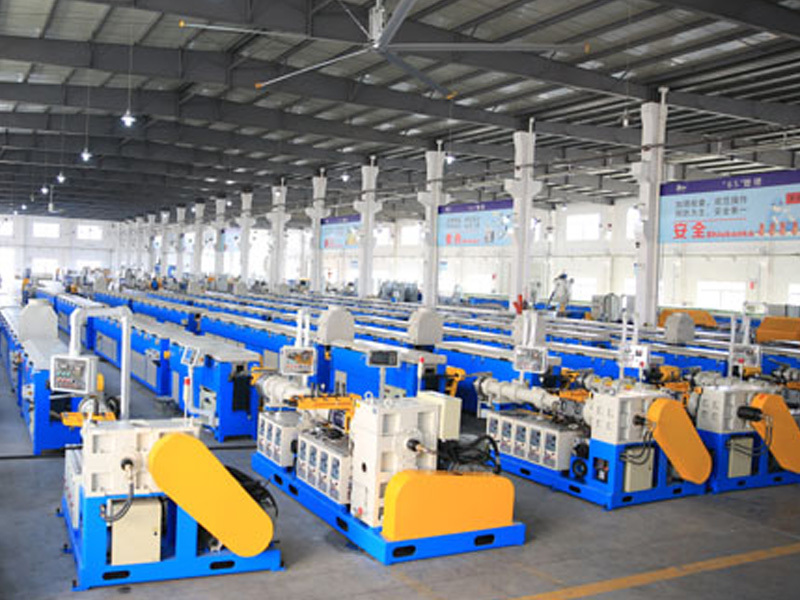Building A One-Stop Cooperative Procurement Base For Rubber Products
Adhesion technology of PTFE (polytetrafluoroethylene) and rubber
May 20,2020

China Rubber Technology Network provides a platform for friends engaged in the rubber industry to exchange rubber technology, natural rubber, rubber price information, rubber training and learning, and rubber data exchange and trading. We strive to create a rubber technology information exchange platform that rubber people love. In mid May 2013, at the 9th China Pump Industry, Valve and Pipeline Exhibition held at the Pazhou International Convention and Exhibition Center in Guangzhou, a valve expert held a white, soft, and seemingly porous elastic material and asked to identify whether it was fluororubber foamed with foaming agent. After careful observation, it is not foamed fluororubber, but is made of suspended PTFE and some particulate organic glass materials, processed into sheets of different thicknesses through cold pressing technology, and then calcined in a high-temperature furnace to form a sponge like, relatively soft porous PTFE material. It is also possible to add substances such as colloidal alumina to suspended PTFE, calcine it in a high-temperature furnace, and dissolve the alumina with acid to obtain porous PTFE material- China Rubber Network, Natural Rubber, Rubber Prices, Rubber Talent Network, Special Rubber, Rubber Products, Rubber Additives, Rubber Technology Consulting, Rubber Formulas, Rubber Forum, Rubber Training, Rubber Testing! Polytetrafluoroethylene (PTFE), commonly known as the plastic king, is made by homopolymerization or copolymerization of fluorine-containing monomers. Due to its excellent low friction coefficient, surface inertness and chemical stability, acid and alkali corrosion resistance, strong self-lubricating properties, as well as high and low temperature resistance, non flammability and electrical insulation, and certain mechanical strength, it is not possessed by other materials. In recent years, it has been widely used in industry, high-tech fields, and military industries. The production methods of PTFE include suspension method and lotion method. Their purposes are different.
Label
Previous Page
Related Hot Spots
How to choose the sealing strip suitable for construction machinery
Oxygen generator silicone tube: a key role in the medical field
The importance of extruded silicone tube in the field of construction and railway
Contact Us
Contact E-mail:
jiexingcyl@chinajiexing.cn
Contact Phone:
+8618632957356
Address:
Changzhuang Development Zone, East of Weixian County, Hebei Province
Contact E-mail
Changzhuang Industrial Zone, Changzhuang Town, Wei County, Xingtai City, Hebei Province
















